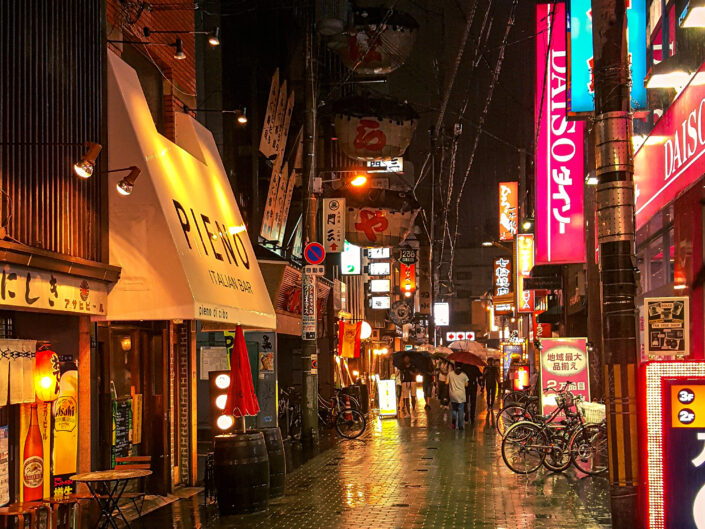Osaka
Ōsaka was traditionally considered Japan’s economic hub. By the Kofun period (300–538) it had developed into an important regional port, and in the 7th and 8th centuries, it served briefly as the imperial capital. Osaka continued to flourish during the Edo period (1603–1867) and became known as a center of Japanese culture. Following the Meiji Restoration, Osaka greatly expanded in size and underwent rapid industrialization. In 1889, Osaka was officially established as a municipality. The construction boom accelerated population growth throughout the following decades, and by the 1900s, Osaka was the industrial hub in the Meiji and Taishō periods. Osaka made noted contributions to redevelopment, urban planning and zoning standards in the postwar period, and the city developed rapidly as one of the major financial centers in the Keihanshin Metropolitan Area.












